From Trauma to Triumph: Exploring Post-Traumatic Stress Disorder (PTSD) Treatment
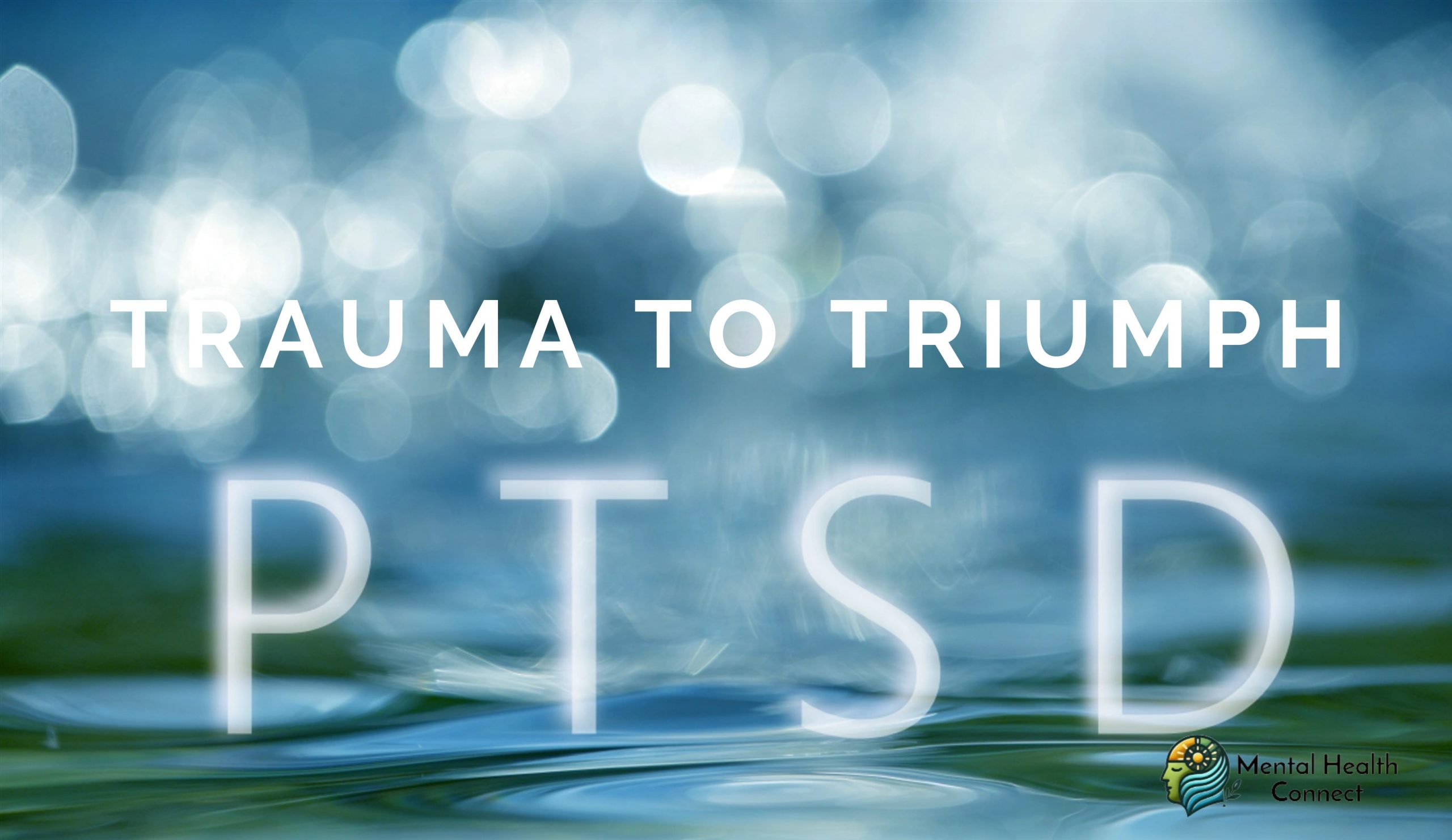
Living with Post-Traumatic Stress Disorder (PTSD) can be overwhelming, but recovery and transformation are possible with the right support and resources. If you’ve ever searched for PTSD treatment near me, this guide provides valuable insights into the condition, treatment options, and strategies for navigating your path toward healing.
Understanding PTSD: Moving Beyond the Diagnosis
Post-Traumatic Stress Disorder is more than just a label; it’s a multifaceted mental health condition triggered by experiencing or witnessing traumatic events. It’s not a sign of personal failure or weakness, but a natural reaction to extraordinary circumstances. Understanding PTSD begins with acknowledging its complexity and the courage it takes to seek treatment.
Common Symptoms of PTSD
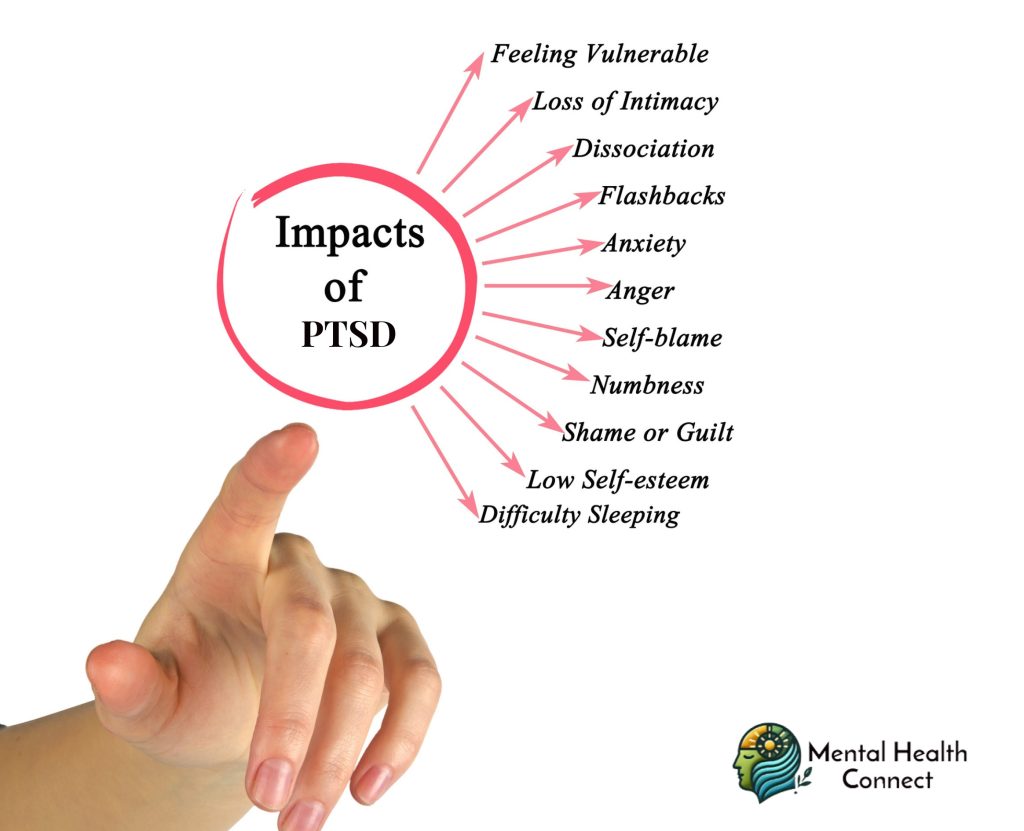
PTSD symptoms vary, but most individuals experience a mix of the following:
- Intrusive Memories and Flashbacks: Persistent, involuntary recollections of traumatic events that disrupt daily life.
- Severe Anxiety and Emotional Reactivity: Heightened responses to triggers, often resulting in feelings of fear, panic, or unease.
- Nightmares and Sleep Disturbances: Troubling dreams or insomnia that interfere with rest and recovery.
- Hypervigilance: Constant alertness and heightened awareness of surroundings.
- Emotional Numbing or Disconnection: Feelings of detachment from loved ones or loss of interest in activities.
Understanding these characteristics can guide individuals toward effective treatments.
Professional PTSD Treatment Approaches
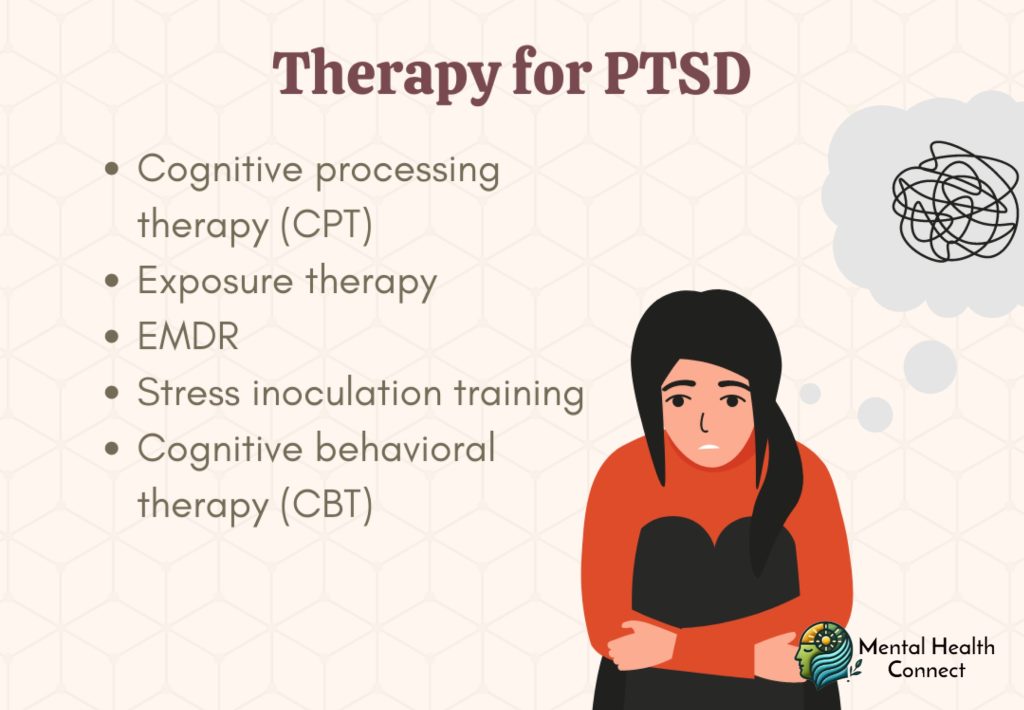
Effective treatments focus on relieving symptoms, building resilience, and reclaiming control over life. Therapies and medications play a crucial role in recovery.
Psychotherapy Techniques
Psychotherapy is at the forefront of PTSD treatment, offering evidence-based strategies to address symptoms:
- Cognitive Behavioural Therapy (CBT): Helps individuals find and challenge negative thought patterns tied to trauma, fostering healthier responses.
- Eye Movement Desensitization and Reprocessing (EMDR): Reduces emotional distress by reprocessing traumatic memories through guided eye movements.
- Prolonged Exposure Therapy: Gradual, safe exposure to trauma-related memories or situations, reducing fear and avoidance.
- Trauma-Focused Cognitive Behavioural Therapy: Combines CBT principles with trauma-specific techniques for comprehensive care.
Medication Management
In conjunction with therapy, medications may be prescribed to alleviate severe symptoms:
- Selective Serotonin Reuptake Inhibitors (SSRIs): Often used to manage anxiety and depression associated with PTSD.
- Anti-Anxiety Medications: Help address acute episodes of fear or panic.
- Mood Stabilizers: Support emotional balance in individuals with fluctuating feelings.
- Personalized Pharmaceutical Support: Each prescription is tailored to an individual’s needs, ensuring largest efficacy.
Searching for PTSD Treatment
The journey toward recovery often begins with finding accessible and suitable resources.
Local Treatment Resources
- Community Mental Health Centres: Offer affordable or subsidized therapy options.
- Veterans’ Support Organizations: Provide specialized care for military personnel and veterans.
- Hospital-Based Programs: Comprehensive psychiatric departments with trauma-focused treatments.
- University Clinics: Low-cost services managed by supervised professionals.
Digital and Telehealth Solutions
Modern technology enables convenient access to PTSD treatments:
- Specialized Online Directories: Focused platforms to find trauma therapists.
- Telehealth Services: Virtual appointments drop geographical barriers to care.
- State-Level Mental Health Associations: Database-driven resources for local aid.
Holistic and Alternative Treatment Methods
Healing from trauma isn’t limited to traditional therapies. Holistic approaches complement professional treatment by nurturing both body and mind.
Integrative Healing Techniques
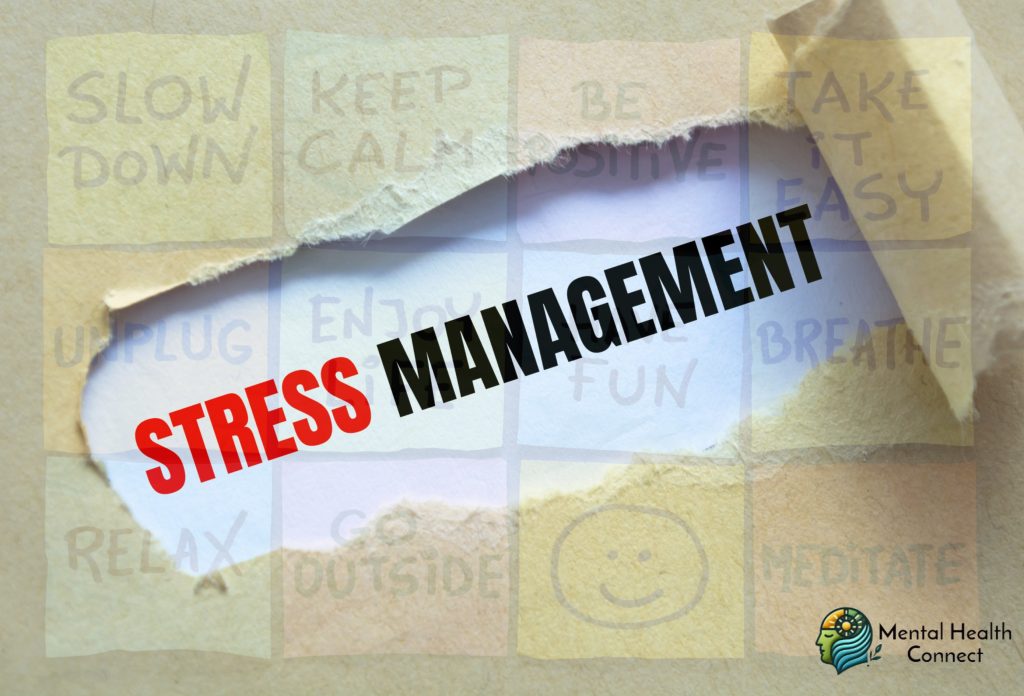
- Mindfulness Meditation: Encourages staying grounded, reducing anxiety through present-focused awareness.
- Yoga Therapy: Physical movement combined with controlled breathing promotes both mental and emotional balance.
- Art Therapy: Creative outlets for exploring emotions in a safe, non-verbal manner.
- Stress Management Practices: Techniques like progressive muscle relaxation improve resilience to triggers.
- Lifestyle and Nutrition Adjustments: Healthy habits enhance overall mental health.
Complementary Therapies
Innovative approaches such as neurofeedback, acupuncture, and nature-based therapy have shown promise in reducing PTSD symptoms. These treatments are particularly valuable for individuals’ seeking alternatives to conventional strategies.
Personalizing PTSD Treatment Plans
A one-size-fits-all approach rarely works for trauma recovery. Personalized care considers individual experiences and needs.
Key Considerations for Tailored Treatment
- Comprehensive Assessments: Psychological evaluations reveal underlying factors influencing symptoms.
- Cultural Sensitivity: Treatment models that respect cultural identity foster better engagement.
- Trauma-Informed Care Principles: A safe, supportive environment nurtures trust during therapy.
- Collaborative Plans: Family and peer involvement enhances recovery outcomes.
Technological Advancements in PTSD Treatment
Technology continues to revolutionize PTSD care, offering new opportunities for healing:
- Virtual Reality Therapy: Immersive environments help desensitize individuals to triggers.
- Mental Health Apps: Provide coping techniques, symptom tracking, and therapeutic exercises on-the-go.
- Online Communities: Support groups foster shared understanding and encouragement.
Addressing Financial Challenges
Economic barriers shouldn’t prevent access to treatment. Consider these options:
- Insurance Coverage: Many plans cover mental health services.
- Sliding Scale Fees: Community clinics adjust costs based on financial status.
- Non-Profit Programs: Charitable organizations aid with free or low-cost therapies.
Building Support Systems
Recovery thrives with robust support networks. Emotional and social connections are vital for lasting change.
Tips for Developing Recovery Support
- Family Participation: Loved ones offer encouragement and stability.
- Peer Counselling: Guidance from others who understand trauma firsthand.
- Community Resources: Workshops, events, and local organizations strengthen connections.
- Professional Guidance: Regular therapy sessions support momentum in recovery.
Practical Coping Strategies and Self-Care
Fostering resilience often involves daily habits and self-compassion.
- Establish Routine: Consistency reduces stress by creating structure.
- Practice Self-Compassion: Be patient with your progress and setbacks alike.
- Set Small Goals: Celebrate each step forward, no matter how small.
Indicators of Healing and Progress
Signs of recovery include:
- Reduced symptoms, such as fewer flashbacks or intrusive thoughts.
- Improved emotional stability and coping mechanisms.
- Rebuilt relationships and regained trust.
- A stronger sense of personal empowerment and purpose.
When to Seek Immediate Help
Certain situations demand urgent attention:
- Suicidal thoughts or intentions.
- Severe emotional dysregulation or dissociation.
- Potential self-harm or an inability to function.
Final Words: Embracing Triumph Over Trauma
Recovery from PTSD is not just possible it’s a journey worth taking. Combining professional care, holistic approaches, and supportive relationships creates a foundation for transformation. Remember, healing unfolds at your pace. Celebrate small victories, embrace your resilience, and seek the help you deserve. Your triumph over trauma begins with the courage to move forward, one step at a time.
-
 How to Support Someone with OCDApril 17, 2025
How to Support Someone with OCDApril 17, 2025 -

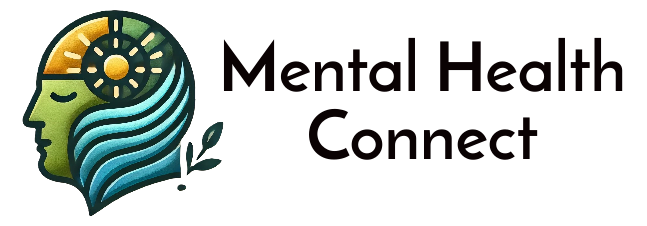
Leave a Reply